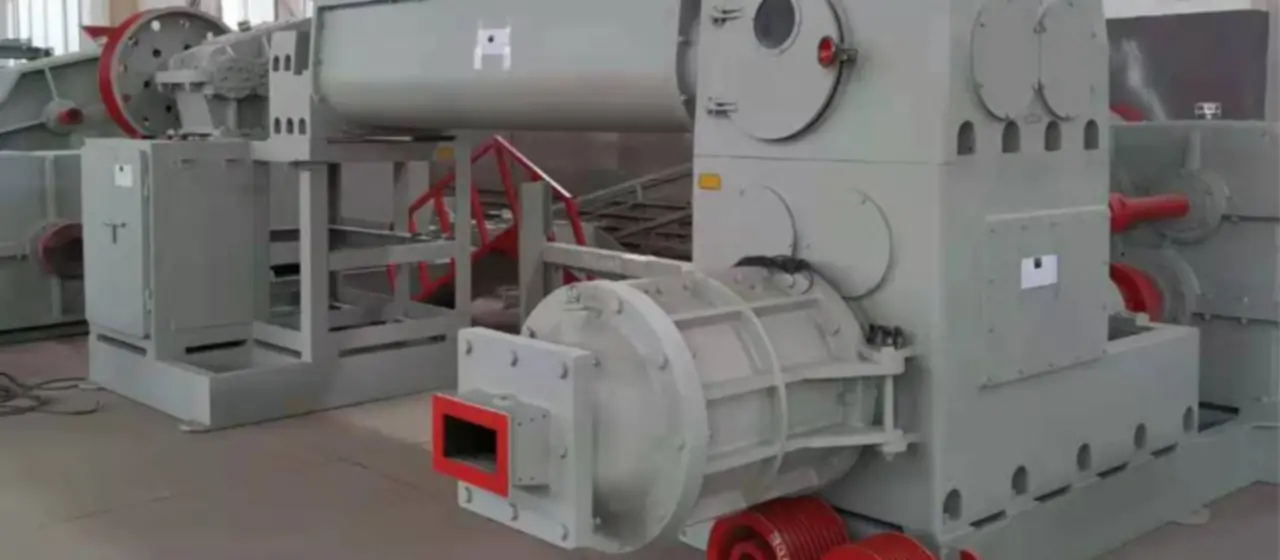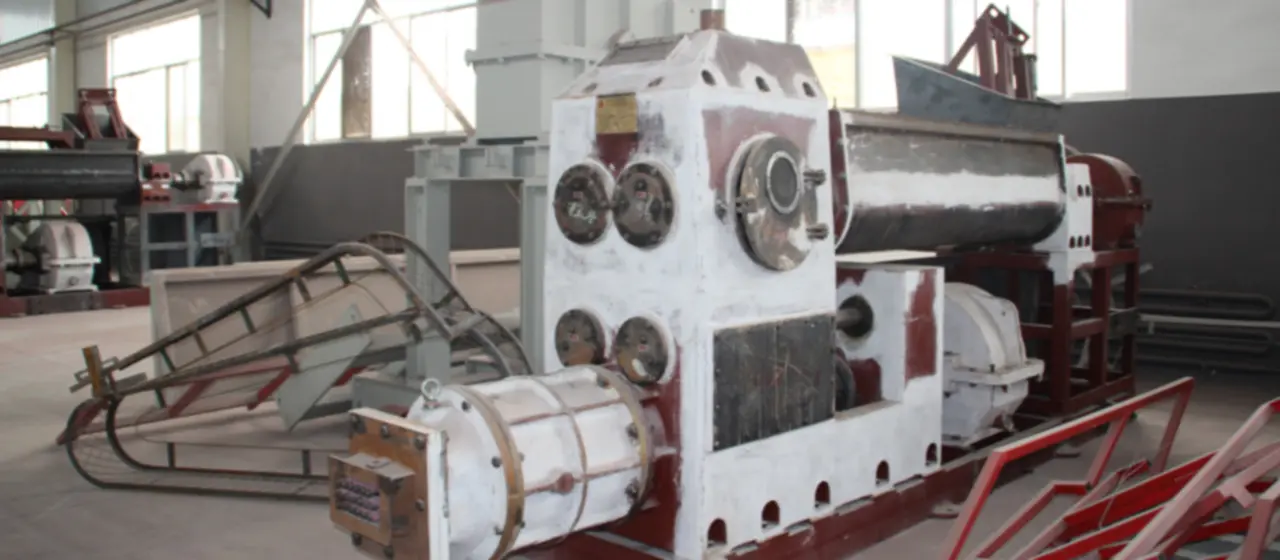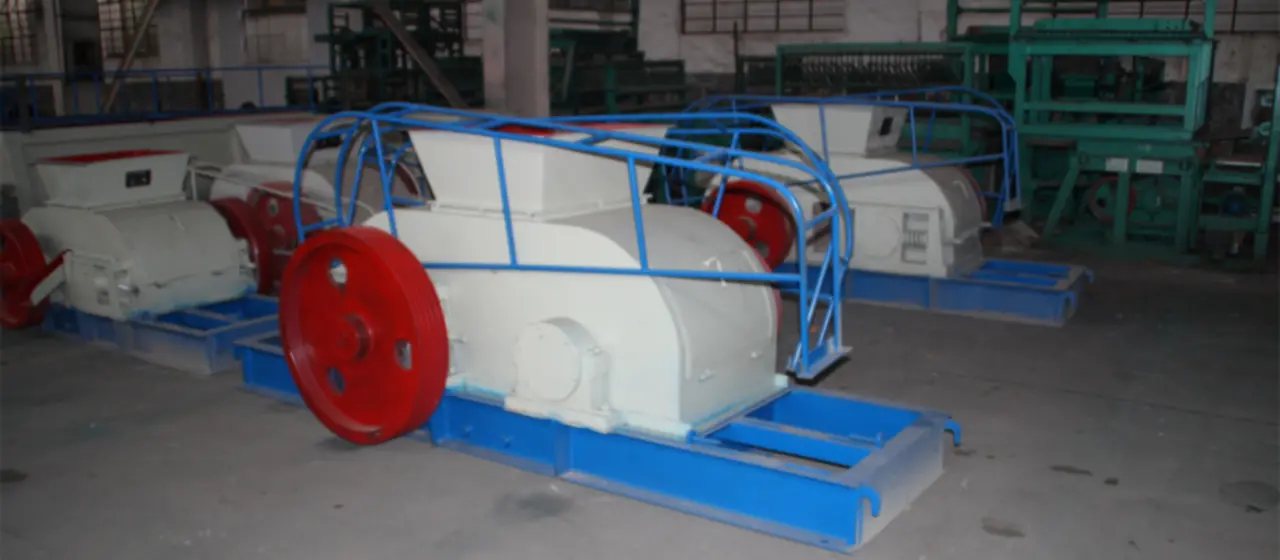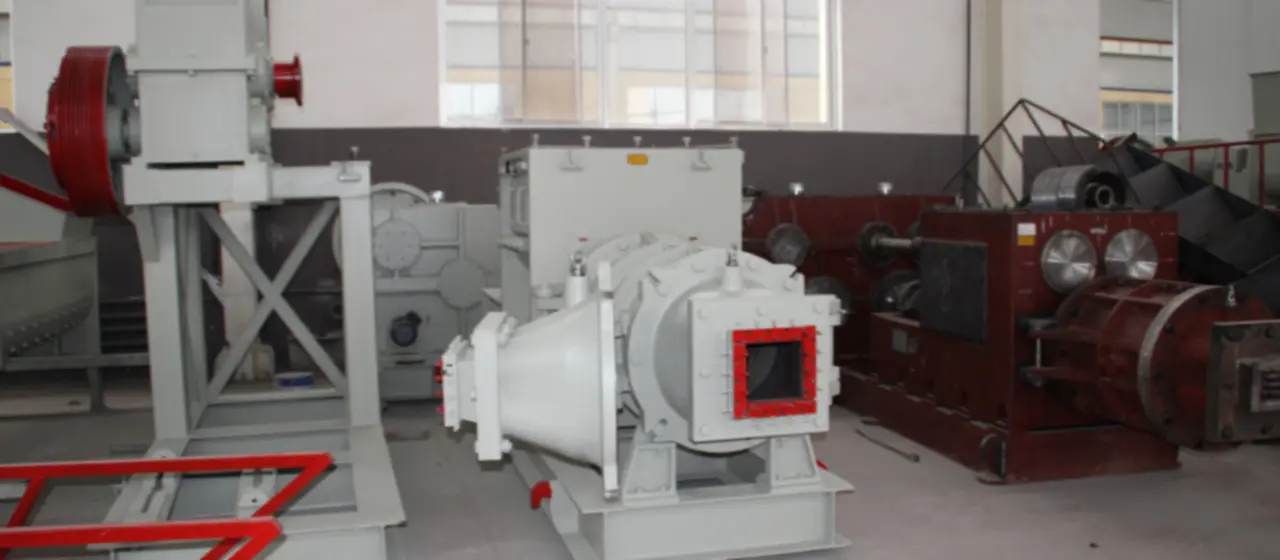drying sensitivity coefficient of this raw material
If the proportion of ultrafine particles in the raw material is high, its plasticity index will be high. In general, the drying sensitivity coefficient of this raw material is also relatively high, and the internal moisture is not easily discharged during the drying process, which can easily lead to network cracks.
The outer surface has shrunk, but the internal moisture has not been discharged, so the internal cannot shrink, only the surface shrinks, causing a network of cracks. In addition to increasing the temperature of the green body entering the drying chamber, efforts should also be made to increase the micro porosity of the green body by adding poor materials to the raw materials. Adding coal gangue, shale, slag and other aggregates is an economical choice. In essence, the mineral composition of these highly sensitive raw materials determines their drying performance. For example, if the content of montmorillonite is too high, even shale cannot be used alone to make bricks.
Some regions have high levels of montmorillonite in their raw materials, such as the red clay soil in Northeast China, Inner Mongolia, Ningxia, Xinjiang, Beijing, and the Loess Plateau region. For materials with high plasticity, the vacuum degree of the extruder should not be too high. High vacuum degree can increase the density of the billet, but if the density is too high, it may cause the density of the billet made from this raw material to be too high, affecting the discharge of moisture inside the billet, resulting in network cracks, and even bursting in the preheating zone during firing.







